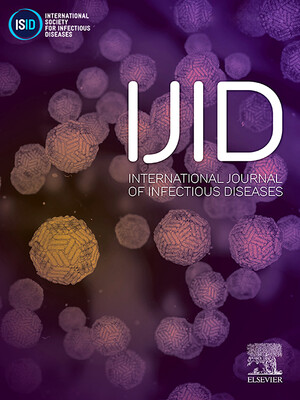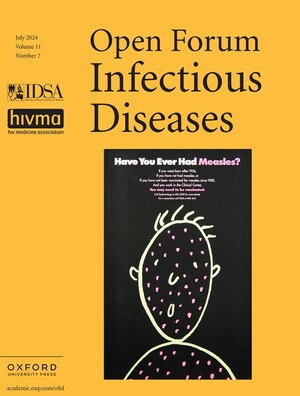
Proteomics analysis of duck lung tissues in response to highly pathogenic avian influenza virus
Abstract
Domestic ducks (Anas platyrhynchos domesticus) are resistant to most of the highly pathogenic avian influenza virus (HPAIV) infections. In this study, we characterized the lung proteome and phosphoproteome of ducks infected with the HPAI H5N1 virus (A/duck/India/02CA10/2011/Agartala) at 12 h, 48 h, and 5 days post-infection. A total of 2082 proteins were differentially expressed and 320 phosphorylation sites mapping to 199 phosphopeptides, corresponding to 129 proteins were identified. The functional annotation of the proteome data analysis revealed the activation of the RIG-I-like receptor and Jak-STAT signaling pathways, which led to the induction of interferon-stimulated gene (ISG) expression. The pathway analysis of the phosphoproteome datasets also confirmed the activation of RIG-I, Jak-STAT signaling, NF-kappa B signaling, and MAPK signaling pathways in the lung tissues. The induction of ISG proteins (STAT1, STAT3, STAT5B, STAT6, IFIT5, and PKR) established a protective anti-viral immune response in duck lung tissue. Further, the protein–protein interaction network analysis identified proteins like AKT1, STAT3, JAK2, RAC1, STAT1, PTPN11, RPS27A, NFKB1, and MAPK1 as the main hub proteins that might play important roles in disease progression in ducks. Together, the functional annotation of the proteome and phosphoproteome datasets revealed the molecular basis of the disease progression and disease resistance mechanism in ducks infected with the HPAI H5N1 virus.
Citation
Vijayakumar, P., Mishra, A., Deka, R.P., Pinto, S.M., Subbannayya, Y., Sood, R., Prasad, T.S.K. and Raut, A.A. 2024. Proteomics analysis of duck lung tissues in response to highly pathogenic avian influenza virus. Microorganisms 12(7): 1288.










